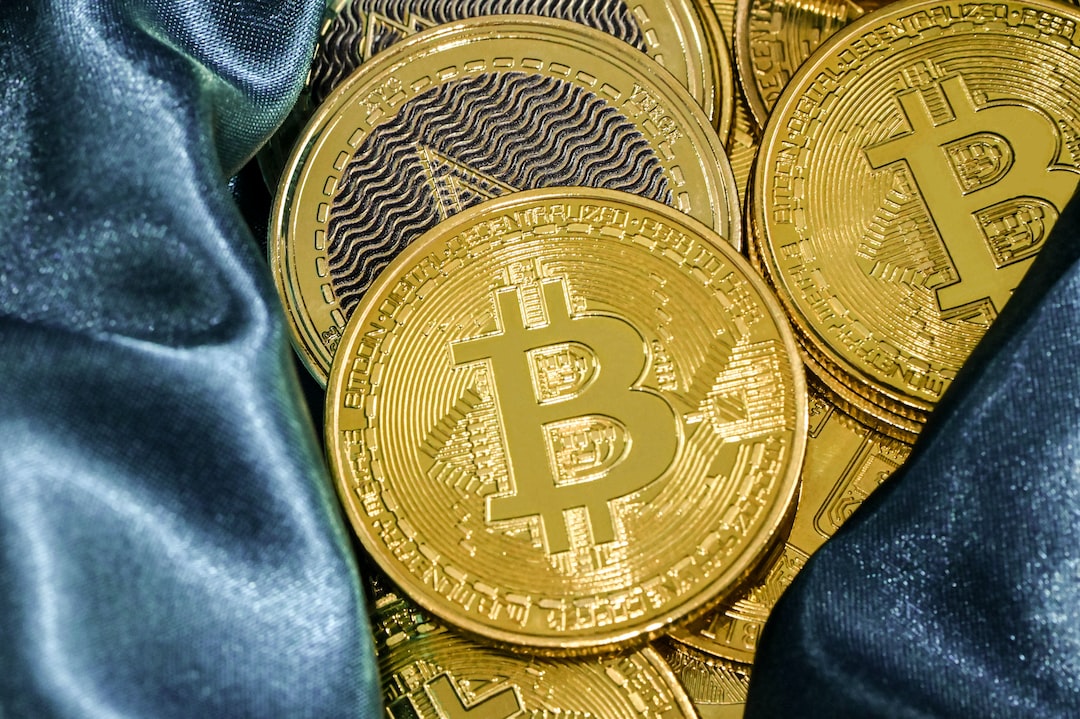IDO vs. ICO: Key Differences and Why IDOs Are Gaining Popularity
If you’ve been following the world of cryptocurrency, you’ve probably come across terms like IDO and ICO. But what do these acronyms mean, and why are IDOs gaining popularity? In this article, we’ll explore the key differences between IDOs and ICOs and discuss why IDOs are becoming increasingly popular in the crypto space.
What is an ICO?
An ICO, or Initial Coin Offering, is a fundraising method used by cryptocurrency startups to raise capital. In an ICO, a company creates a new digital currency or token and sells it to investors in exchange for funding. Investors buy into the project with the hope that the value of the tokens will increase over time, allowing them to make a profit.
ICOs gained popularity in the early days of cryptocurrency as a way for startups to raise funds without having to go through traditional financial institutions. However, they also became notorious for their lack of regulation and potential for fraud, leading to a decline in their popularity in recent years.
What is an IDO?
An IDO, or Initial DEX Offering, is a fundraising method that takes place on a decentralized exchange (DEX). Unlike ICOs, which typically occur on centralized platforms, IDOs allow projects to launch their tokens directly on a DEX.
One of the key differences between IDOs and ICOs is that IDOs are more accessible to retail investors. This is because they take place on DEXs, which are open to anyone with an internet connection and do not require investors to go through a lengthy KYC (Know Your Customer) process.
Key Differences Between IDOs and ICOs
- Accessibility: As mentioned earlier, IDOs are more accessible to retail investors compared to ICOs. This is because they take place on DEXs, which are open to anyone with an internet connection.
- Regulation: While ICOs often operate in a regulatory grey area, IDOs are subject to the rules and regulations of the DEX on which they take place.
- Liquidity: IDOs typically offer better liquidity for newly launched tokens compared to ICOs, as they are immediately tradable on the DEX after launch.
- Token Price: In an ICO, the price of tokens is typically set by the project team. In contrast, the price discovery process in an IDO happens organically through trading on the DEX.
Why Are IDOs Gaining Popularity?
The increasing popularity of IDOs can be attributed to several factors. Firstly, their accessibility makes them attractive to retail investors who may have been excluded from participating in traditional fundraising methods like IPOs or ICOs due to regulatory restrictions or high entry barriers.
Additionally, the decentralization aspect of IDOs aligns with the ethos of cryptocurrency and blockchain technology. By launching tokens directly on DEXs, projects can reach a global audience without relying on intermediaries or centralized platforms.
Furthermore, the transparency and security provided by DEXs appeal to both projects and investors. By conducting their token sales on DEXs, projects can minimize counterparty risk and ensure that their tokens are immediately tradable in a secure environment.
Frequently Asked Questions (FAQs)
- Are there any risks associated with participating in an IDO?
- How can I participate in an IDO?
- Are all IDOs created equal?
As with any investment, there are risks involved in participating in an IDO. It’s essential to conduct thorough research on the project before investing and be aware of potential market volatility.
To participate in an IDO, you will need to connect your wallet to the specific DEX hosting the token sale. Once connected, you can then invest in the project using your preferred cryptocurrency.
No, not all IDOs are created equal. It’s crucial to evaluate each project individually and consider factors such as team experience, project fundamentals, and community support before deciding whether to participate in an IDO.
In conclusion,
The rise of decentralized finance (DeFi) has paved the way for innovative fundraising methods like IDOs. With their accessibility, transparency, and alignment with decentralization principles, it’s no surprise that they’re gaining popularity among both projects and investors alike.
If you’re considering participating in an upcoming token sale or launching your own project’s token via an IDO, it’s important to understand how they differ from traditional fundraising methods like ICOs.
As always with any investment opportunity within the crypto space or beyond – be sure to conduct thorough research before making any decisions.
Whether you’re looking to diversify your investment portfolio or support innovative blockchain projects – keep an eye out for upcoming IDOs as they continue gaining traction within the crypto community!





 By
By
 By
By
 By
By
 By
By
 By
By
 By
By